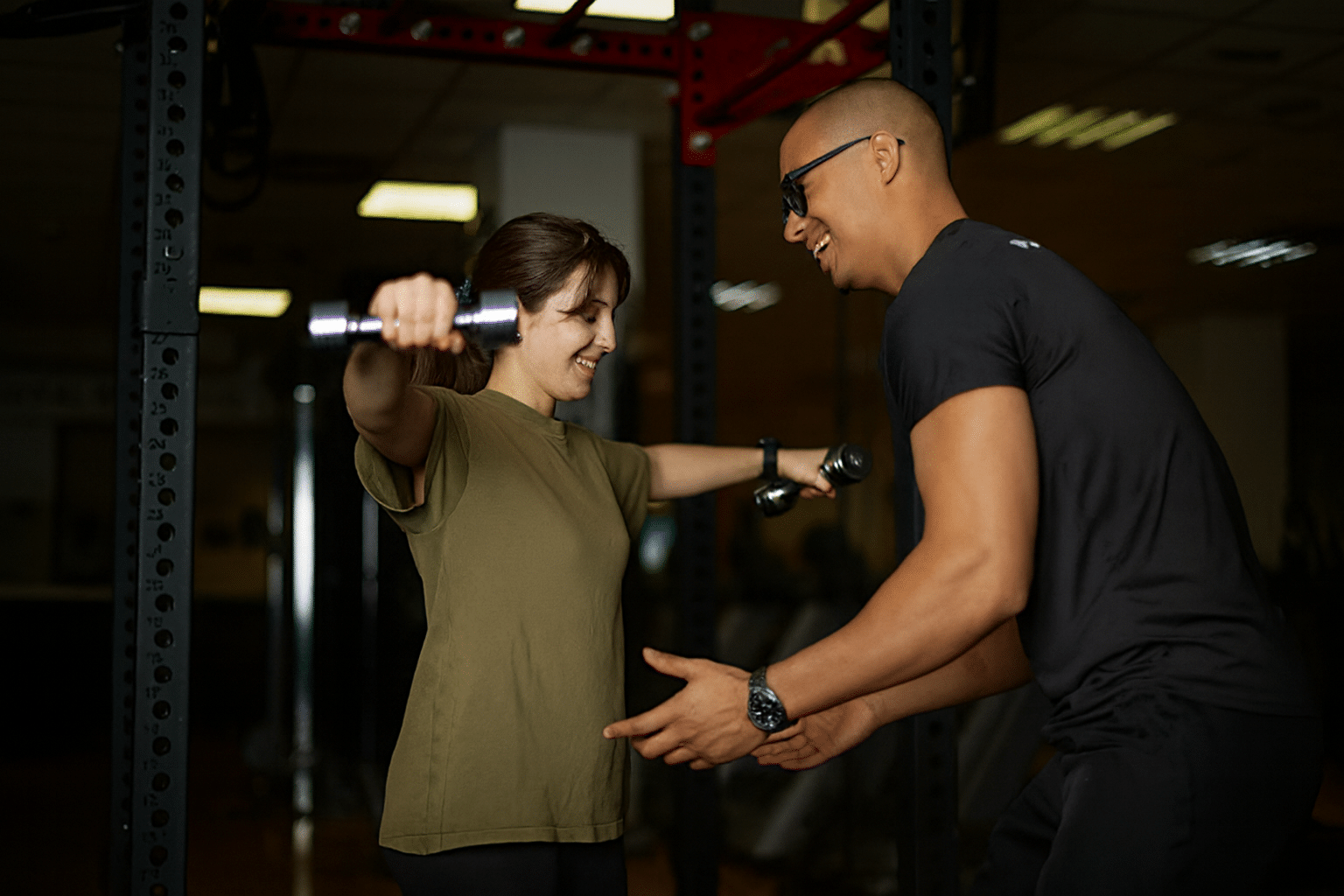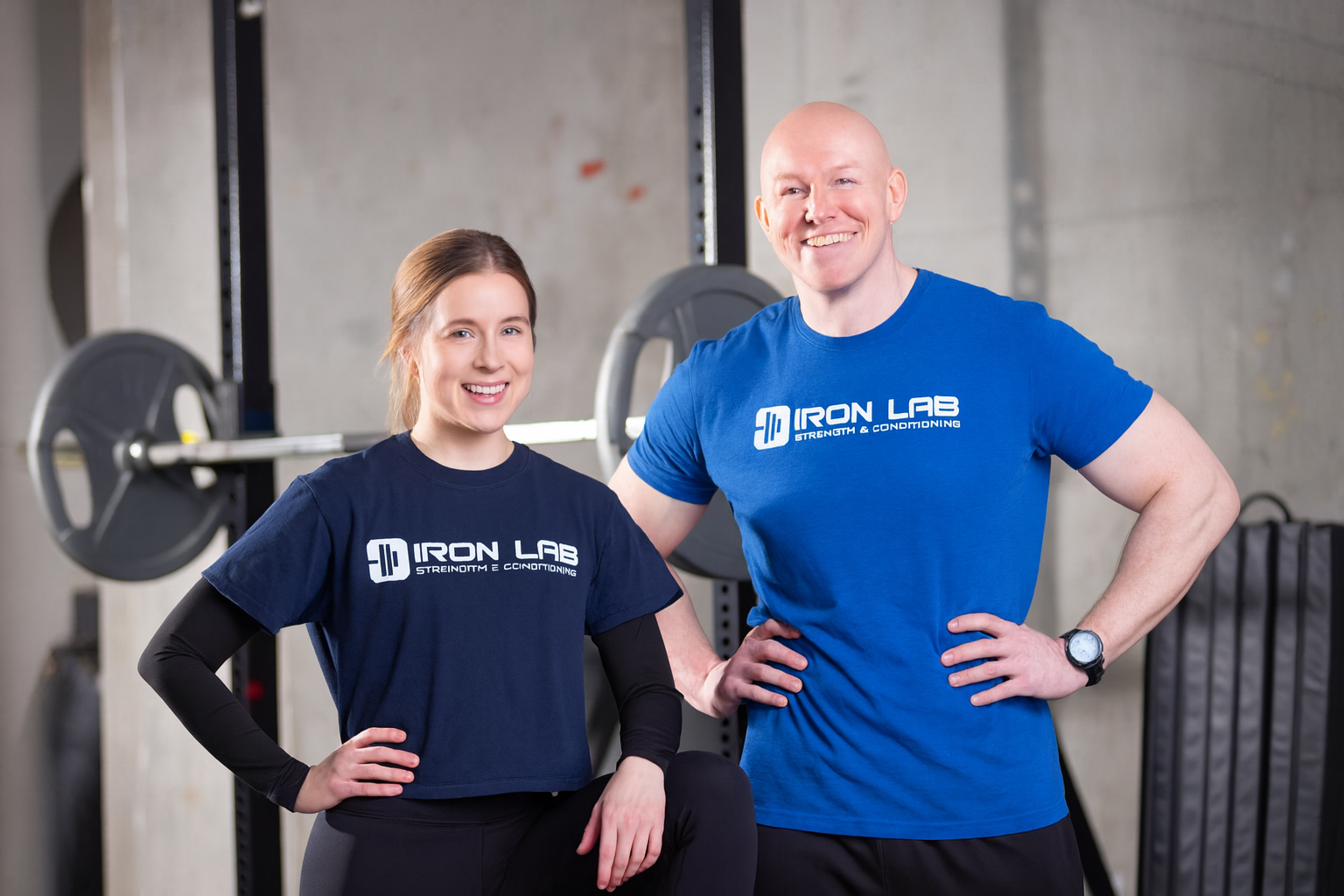Personal trainers have become increasingly popular in recent years, as more and more people are seeking expert guidance and motivation to achieve their fitness goals. However, there is often confusion about how often one should schedule personal training sessions.
Working out with a personal trainer can be a game-changer for your fitness journey, but there is no one-size-fits-all answer to how often you should be training with one. It depends on various factors such as your fitness level, goals, schedule, and budget. In this article, we explore different considerations to help you determine the ideal frequency of personal training sessions, ensuring optimal progress toward your fitness goals.
Benefits of Working Out With a Personal Fitness Trainer
Embarking on a fitness journey is a powerful commitment to your well-being. Personal trainers bring a wealth of knowledge, experience, and motivation that can transform your workouts from mundane to exceptional.
Here are some benefits of working out with a personal fitness trainer:
- Expert Guidance: Personal fitness trainers possess a deep understanding of exercise physiology, nutrition, and biomechanics. Their expertise ensures that your workouts are tailored to your specific goals and needs, optimizing your results while minimizing the risk of injury.
- Customized Approach: No two individuals are alike, and a cookie-cutter workout plan rarely yields the best outcomes. A personal fitness trainer designs a customized program that aligns with your fitness level, preferences, and existing health condition, ensuring your efforts are both effective and safe.
- Goal-Oriented Strategy: Whether your goal is weight loss, muscle gain, improved endurance, or overall wellness, a fitness trainer helps you set realistic and achievable objectives. They map out a strategic path to reach those goals and track your progress along the way.
- Eliminate Bad Habits: If you have established a current fitness level over a period of time on your own, you might not realize that the workouts you are currently doing are not as effective as you think. A personal training package can eliminate these bad habits and ensure you’re maximizing your workout potential.
- Motivation and Accountability: It’s not uncommon for motivation to waver during a fitness journey. A personal trainer serves as your constant source of motivation, pushing you to exceed your limits and holding you accountable for consistent effort. This accountability translates into greater consistency and results.
- Proper Form and Technique: Executing exercises with correct form is crucial for maximizing results and preventing injuries. Trainers provide real-time feedback on your technique, ensuring that each movement is precise and effective.
- Variety and Innovation: Sticking to the same routine can lead to plateaus and boredom. Personal trainers introduce variety into your workouts, incorporating new exercises and training methods that keep your body challenged and engaged.
- Time Efficiency: With the guidance of a trainer, you can make the most of your workout time. They structure sessions efficiently, ensuring that you target multiple muscle groups and energy systems, leading to more effective and time-conscious workouts.
- Overcoming Plateaus: Progress can sometimes stall due to factors like overtraining or lack of variety. Trainers have the expertise to identify plateaus and adjust your program to reignite progress.
- Education: Fitness trainers provide valuable insights into the “why” behind each exercise and technique. This education empowers you with a deeper understanding of your body and its response to various movements.
- Adapting to Changes: Life is dynamic, and circumstances change. Whether you’re recovering from an injury, adapting to a new schedule, or facing other challenges, a personal trainer can adapt your workouts accordingly, ensuring that your progress continues unabated.
In the realm of fitness, a personal fitness trainer serves as both a coach and a confidant, guiding you through the complexities of your journey while celebrating your triumphs, no matter how small. Their impact extends beyond the gym, inspiring a lifestyle that’s centered on health, vitality, and the pursuit of your best self.
Find a personal trainer in Vancouver
Factors to Consider When Determining Workout Frequency
Determining the optimal workout frequency is a pivotal aspect of building an effective and sustainable routine in the fitness industry. Several interconnected factors come into play when deciding how often to engage in exercise. Understanding these factors is crucial for achieving fitness goals while also prioritizing recovery and overall well-being. From individual fitness objectives and training intensity to personal circumstances and health considerations, a thoughtful evaluation of these factors paves the way for a successful and balanced workout frequency strategy.
Fitness Goals
Fitness goals play a pivotal role in determining the optimal workout frequency for an individual. These goals serve as a compass, guiding the design of a personalized exercise routine. For instance, someone focused on weight loss and losing body fat might find success through a regimen involving regular cardiovascular exercise and strength training, warranting a balanced frequency of workouts throughout the week.
In contrast, those aspiring to build muscle and strength would likely benefit from fewer, yet more intense, strength training sessions with ample rest in between to facilitate muscle recovery and increase range of motion. Whether the aim is improved cardiovascular endurance, flexibility, or overall health, tailoring workout frequency to align with achievable goals is a cornerstone of crafting an effective and efficient fitness plan.
Age And Health Status
Age and health status are pivotal factors that significantly influence the determination of workout frequency. These aspects underscore the importance of a personalized approach to fitness. Younger individuals often have greater resilience and may engage in more frequent workouts, while older adults might require more recovery time due to potential decreases in muscle mass, bone density, and overall recovery capacity.
Moreover, existing health conditions and injuries should guide workout frequency to ensure safety and prevent exacerbation of any issues. Individuals with optimal health might adhere to a more aggressive workout schedule, whereas those dealing with health concerns may require a gentler approach with more rest days. In all cases, a balanced workout frequency that takes into account age-related considerations and health conditions is vital for promoting both physical progress and overall well-being.
Availability
The availability of time plays a crucial role in determining one’s workout frequency, as it sets the practical parameters for crafting a sustainable fitness routine. Balancing work, family commitments, and personal obligations with exercise is essential for long-term success. Someone with a busy schedule might find that fitting in shorter, more frequent workouts is more feasible, ensuring consistent physical activity throughout the week.
On the other hand, those with more flexible schedules might opt for longer, less frequent sessions. Finding the right equilibrium between availability and workout frequency ensures that exercise remains integrated into daily life without causing undue stress. By tailoring workout frequency to align with individual time constraints, individuals can establish a fitness routine that complements their lifestyle.
Budget
Navigating a tight budget while considering the inclusion of a professional trainer in your fitness journey requires careful thought to strike a balance between financial constraints and healthy habits. While the cost of a personal trainer can be a concern, it’s possible to optimize the benefits by focusing on quality rather than quantity. Investing in a few sessions with a professional trainer can provide valuable insights into proper form, personalized guidance, and effective workout strategies.
During these sessions, you can learn essential basics and gain the knowledge to continue your fitness routine independently. To extend the impact of your investment, you can supplement your trainer-assisted sessions with self-guided workouts that incorporate basic exercises and consistent practice. Aiming for 2 to 3 sessions per week, including both guided and solo workouts, can help maximize the value of your budget while cultivating sustainable fitness habits.
What does a personal trainer do?
How Much Training Should Beginners Do Per Week?
For beginners, determining the appropriate amount of exercise training per week is crucial to establish a solid foundation for their fitness journey. While the ideal workout frequency can vary depending on individual goals and body conditions, a common recommendation is to aim for around 2 to 3 light workout sessions per week.
Consulting a knowledgeable fitness trainer can provide invaluable guidance in tailoring the routine to the specific needs and capabilities of each individual. Starting with a moderate workout frequency allows the body to adapt gradually, reducing the risk of overexertion or injury. As people embark on their fitness quest, striking a balance between consistency and appropriate rest becomes paramount for optimizing progress and fostering a positive relationship with exercise.
How Often Should Intermediate-Level Clients Train?
For intermediate clients, crafting an effective exercise training regimen requires a nuanced approach that capitalizes on their increased physical fitness and muscle memory. Engaging in workouts around 4 to 5 times per week is a common guideline. This frequency allows for targeted muscle growth, enhanced cardiovascular endurance, and skill progression.
By leveraging muscle memory from prior training, intermediate clients can often handle higher training volumes while allowing adequate recovery time. Striking this balance is vital for fostering consistent progress without risking burnout or plateaus. By embracing a well-structured workout plan and the guidance of a skilled trainer, intermediate clients can optimize their fitness journey and continue to build on their foundation of physical excellence.
How Many Times Per Week Should Advanced Clients Workout?
For advanced clients, tailoring exercise training to their elevated fitness level and specific goals is paramount. Typically, engaging in around 5 to 6 weekly sessions is recommended to ensure continued progress and challenge. These seasoned individuals often have a refined understanding of their training style and preferences, which can be further honed through a personalized training package with a skilled personal trainer.
Advanced clients might adopt a split routine targeting different muscle groups on different days to optimize recovery and muscle development across the entire body. This higher frequency of sessions allows for targeted refinement of techniques and the incorporation of advanced training methodologies.
The Importance of Rest and Recovery Days
Rest and recovery days are crucial to allow your body to repair and rebuild, helping you avoid burnout and achieve optimal performance. When working with a personal trainer, it is important to discuss the frequency of training sessions that align with your personal goals and health needs.
Fitness professionals understand the importance of rest and recovery days for injury prevention and overall well-being. They will work with you to create a balanced program that includes proper movement, intense workout routines on some days, and moderate exercise on others. This approach ensures that you are not pushing yourself too hard and giving your body enough time to recover.
By incorporating regular rest and recovery days into your training schedule, you give your muscles time to repair themselves after intense workouts. This helps prevent overuse injuries and allows for muscle growth and strength development. It also gives you a chance to mentally recharge, reducing the risk of burnout.
Remember that everyone’s fitness journey is unique, so there is no one-size-fits-all answer when it comes to the frequency of training sessions. Communicate openly with your personal trainer about your goals, limitations, and preferences so they can tailor a program that works best for you. Trust their expertise in designing a balanced routine that includes adequate rest and recovery days for optimal results.
Personal Training Services In Vancouver
If you are looking for a fitness experience tailored to your unique goals and aspirations, look no further than Iron Lab Vancouver. Whether you’re a beginner taking your first steps toward a healthier lifestyle or a seasoned athlete pushing your limits, our team of experienced trainers is here to guide and support you every step of the way.
From personalized workout plans and nutritional guidance to innovative training methodologies, we’re committed to helping you achieve results that go beyond expectations. At Iron Lab Vancouver, it’s not just about working out, it’s about embracing a lifestyle that empowers you to redefine your limits and discover your true potential. Join us today and experience fitness in a whole new light.






